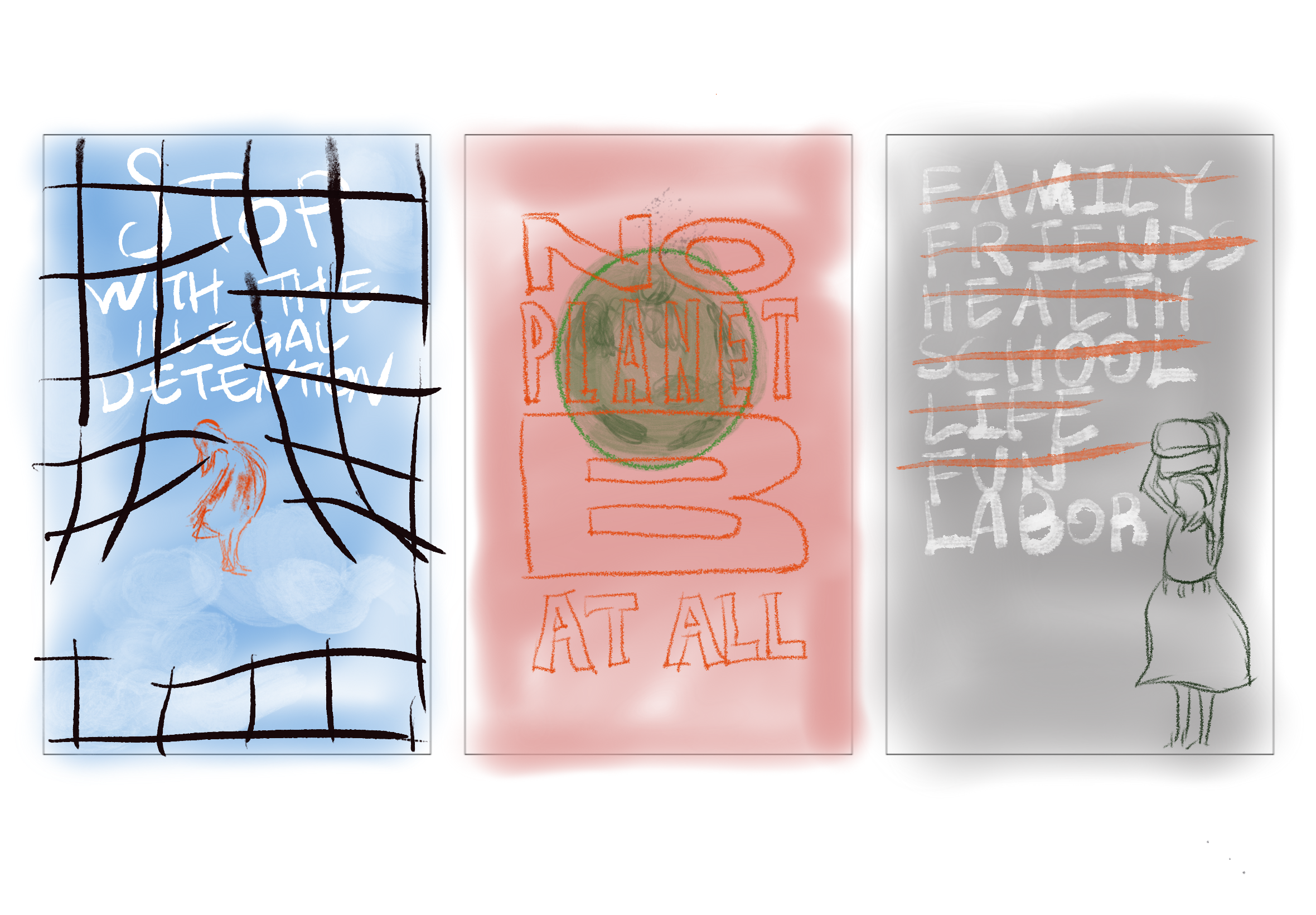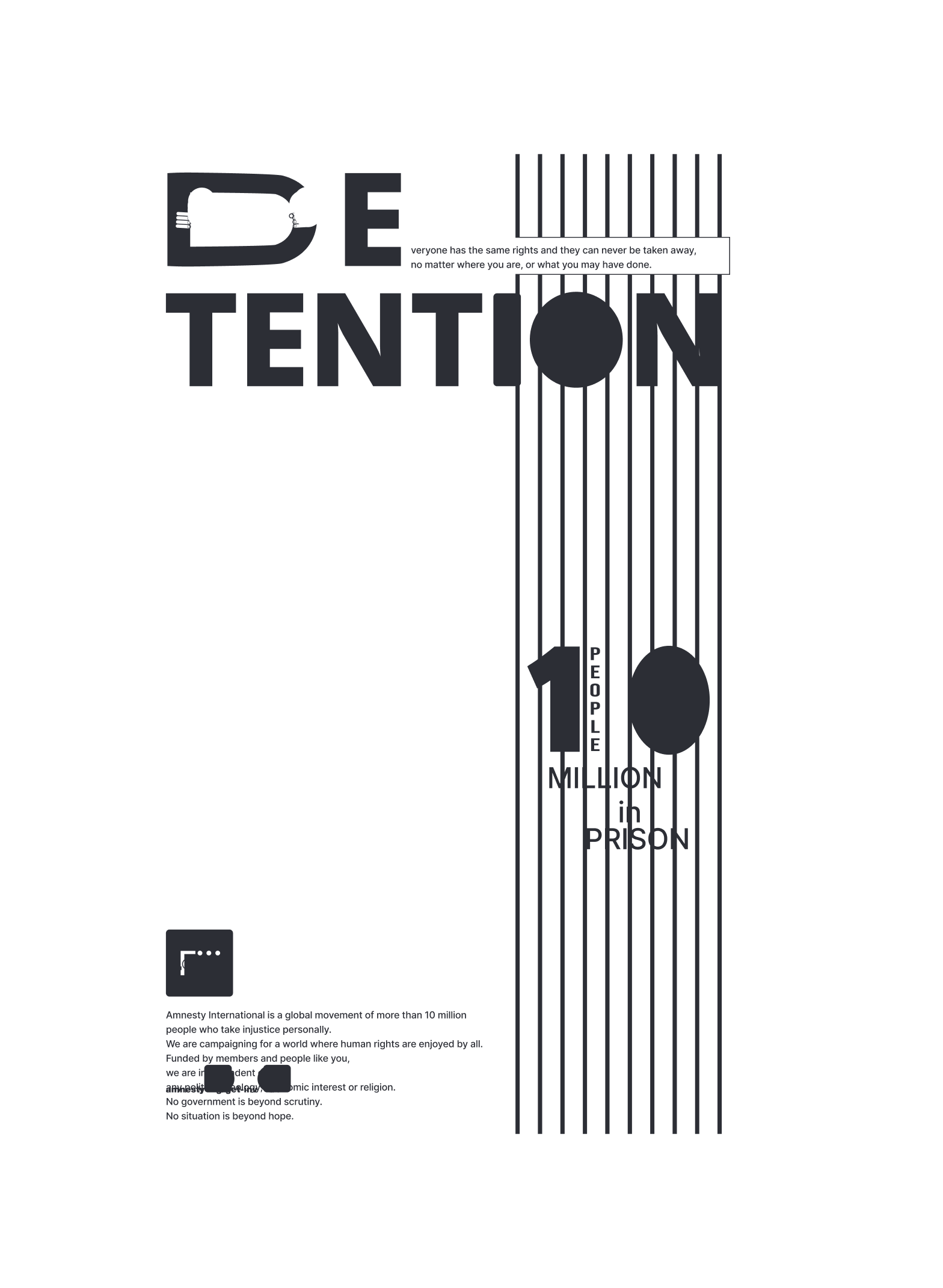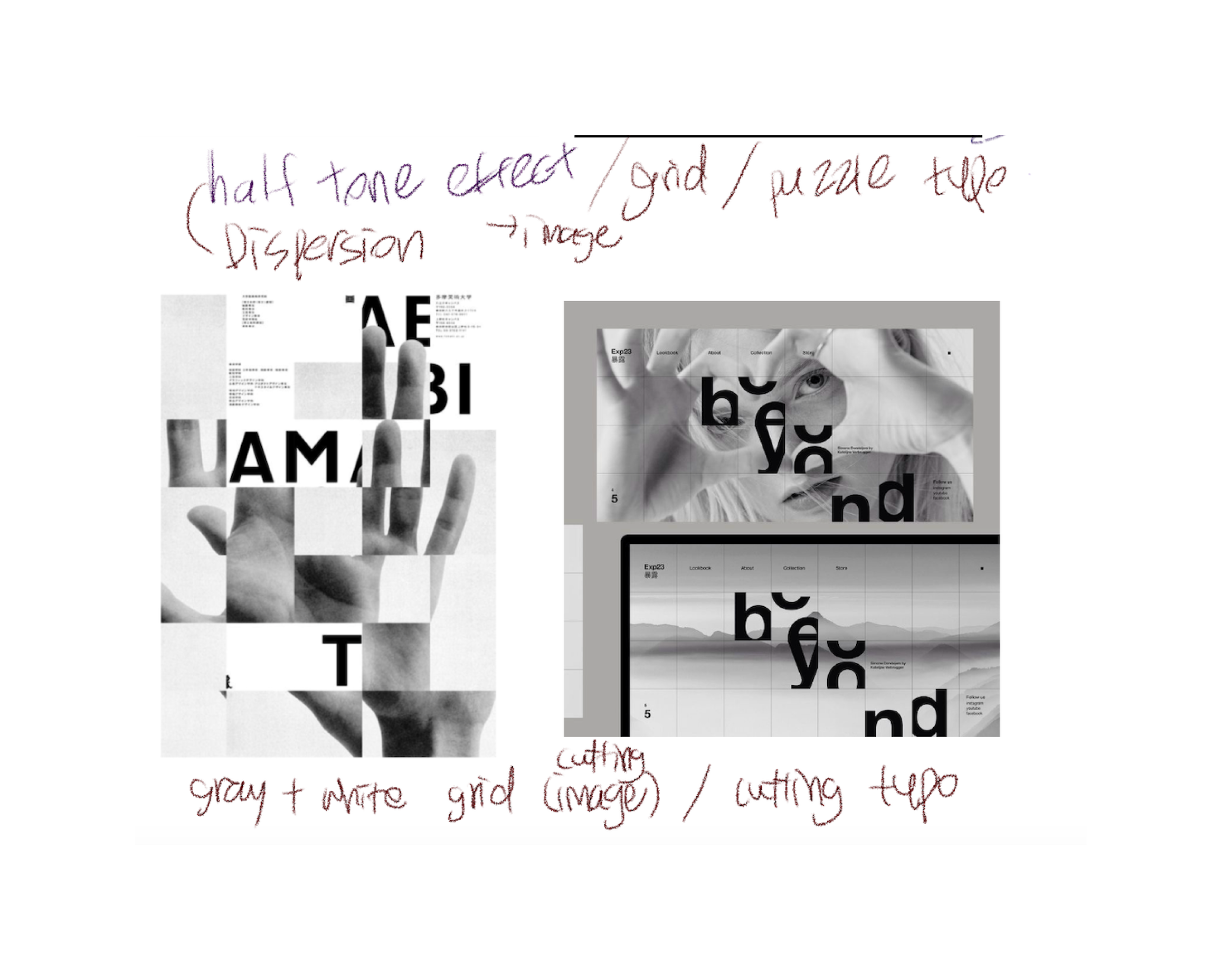This was one of MA studio projects. I chose Amnesty International three issues among the organization’s 19 “What We Do” topics.
I developed my thought process and research strategies during the Poster Making Project, offering insights into the themes I chose and the depth of exploration into Amnesty’s social issues. Primary focal issues for my project were
Child’s Right, Discrimination, and Police Violence
Amnesty International Poster
About
My Main Themes and Rationale
At the outset, I explored various themes among Amnesty’s key social issues. My decision to cover a broad spectrum was driven by the ambition to envision diverse perspectives and develop multiple visual sketches.
As the design process unfolded, I honed in on Child’s Right, Discrimination, and Police Violence. I chose Child’s Right for its profound societal impact, Discrimination for its pervasive nature, and Police Violence for its contemporary relevance and urgency.
Ideation
Researching Social Issues
To inform my visualization progress and finalize the posters, I conducted in-depth research on Child’s Right, Discrimination, and Police Violence. My research involved examining statistical data, case studies, personal narratives, and historical contexts related to each theme.
I delved into academic journals, human rights reports, and firsthand accounts as reputable sources, aiming for a comprehensive understanding of these pressing issues. This documentation highlights my commitment to informed visual storytelling and the diverse research sources I employed to enrich my creative process.
Idea Sketch











Design Process
Design with different styles and themes
01/ First Rough Draft (simplified geometrical shapes)
-theme: Detention, Police Violence, Discrimination
02/ Second Rough Draft (using hand drawing)
-theme: Police Violence, Discrimination, Restriction of Expression
03/ Approaching to finalized posters
-theme: Children’s Right, Discrimination, and Police Violence
04/ Revision with feedback points
Amidst the 2nd and 3rd feedback sessions, a pivotal decision emerged as I contemplated whether to adhere to a hand-drawn approach or transition to a more structured Grid system for my Poster Making Project.




Insight
In conclusion, this documentation chronicles my transformative journey through the Poster Making Project, encapsulating the evolution of my creative process, ideation, and design choices. From the exploration of diverse themes among Amnesty’s social issues to the focused selection of Children’s Right, Discrimination, and Police Violence, the project underwent significant refinement in response to feedback and self-reflection.
The decision to adopt a Grid system further underscored my commitment to clarity and cohesion, aligning with the goal of delivering impactful messages through organized visual storytelling. The detailed feedback received during the 3rd session provided invaluable insights into optimizing the Grid system’s application, ensuring precise positioning, consistent text and photo placement, strategic resizing of typefaces, and nuanced considerations for audience engagement. This journey serves as a testament to the iterative nature of creative endeavors, where thoughtful adjustments and feedback integration lead to a more polished and resonant final project.












